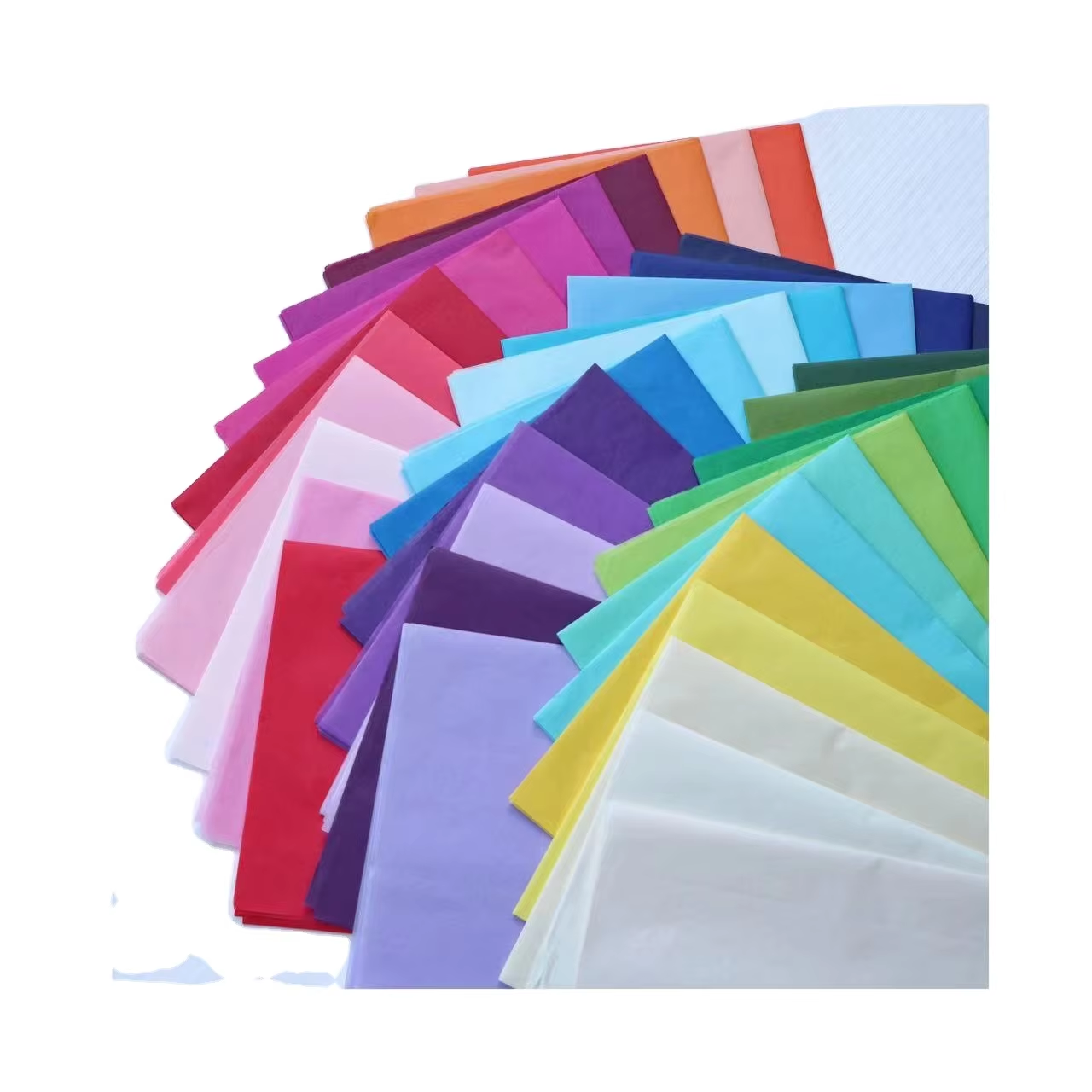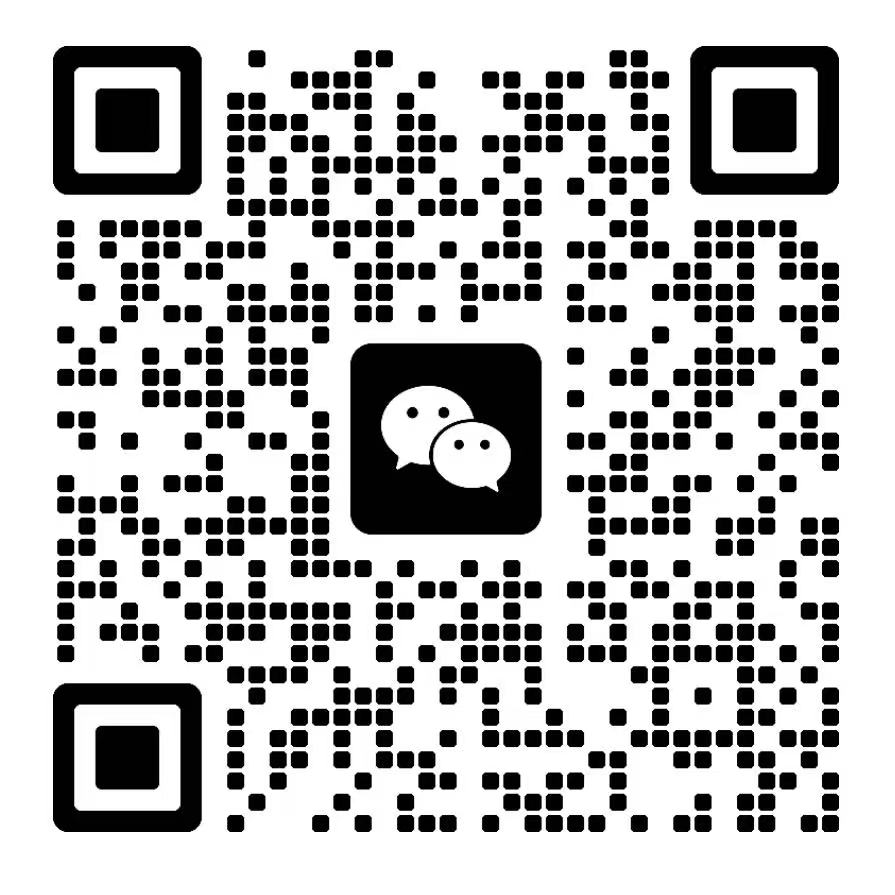Purple 17gsm Colored Tissue Paper Sheets: Wrapping Clothes for Gifts
Understanding GSM: What 17gsm Means for Tissue Paper Quality
Grams per square meter, or GSM, tells us how dense tissue paper is. Most folks find that 17gsm hits just the right spot between being strong enough but still flexible when needed. Compared to regular old 12gsm stuff, this heavier grade actually has about 20 percent more fibers packed into each sheet. Yet despite all those extra fibers, it stays thin so it wraps nicely around clothes without leaving wrinkles or creases. High end shops tend to go for anything from 17 to 20gsm when they want their packaging to look fancy. Think of brands like Chanel or Louis Vuitton wrapping their products in something that feels substantial yet elegant. These numbers aren't random either they match what most fabric makers consider acceptable quality levels these days.
Balancing Protection and Flexibility with 17gsm Weight
At 17 grams per square meter, this material strikes just the right balance for packing clothes. It's sturdy enough to keep knits from getting caught on anything during transport but still soft and pliable when wrapping delicate items like silk scarves. Compared to those thick wrapping papers everyone hates, this medium weight tissue conforms nicely to different fabrics. And here's something interesting - it actually saves space inside shipping boxes by around 15 to maybe even 30 percent over traditional foam padding options. That means better protection for what's being shipped while also making things easier to handle in warehouses and delivery trucks.
How 17gsm Prevents Creases and Damage During Transit
When layered together, these 17gsm sheets form something of a breathable cushion that actually soaks up impacts and helps keep clothes from getting all crumpled up during shipping. According to some recent research published in 2023 by the Packaging Efficiency folks, clothes wrapped correctly with this type of tissue had about half as many wrinkles after transport compared to when they were packed in plastic wrap. What makes this paper special is its gentle texture that holds onto fabric folds pretty well without marking them at all. That quality really matters for fancy fabrics such as silk satins or delicate laces which tend to show every little wrinkle and crease.
The Aesthetic Power of Purple in Colored Tissue Paper
Color Psychology: Why Purple Evokes Luxury and Elegance
The color purple has been tied to royalty and luxury for hundreds of years, which is why it works so well when presenting gifts. A recent packaging survey from 2024 found that nearly 8 out of 10 people connect purple colors with something fancy and expensive. What makes purple special? Well, it sits right between blue and red on the color wheel. Blue tends to calm us down while red gets our hearts racing. This mix somehow balances those feelings, according to various studies. That's probably why purple packaging looks so good on things we really value, especially when giving clothes as presents. The combination just feels right somehow.
Enhancing Brand Identity Through Purple Colored Tissue Paper
Consistent use of purple tissue paper strengthens brand recognition by 64% compared to neutral packaging. Its versatility across shades—from soft lilac to deep amethyst—allows brands to tailor choices to specific audiences:
| Shade | Target Audience | Perceived Value |
|---|---|---|
| Lavender | Wellness brands | Calming, nurturing |
| Royal Purple | Luxury retailers | Exclusivity |
This alignment ensures packaging reinforces brand messaging while protecting garments.
Layering and Design Tips for Visual Impact in Gift Presentation
Maximize purple tissue paper’s visual impact through:
- Dimensional folding: Accordion-style pleats add depth to wrapped apparel
- Contrast pairing: Combine with gold foil stickers or sage-green ribbons
- Selective transparency: Use 17gsm sheets to subtly reveal fabric textures
A 2023 survey found layered purple tissue increased perceived gift value by 41% compared to single-sheet wrapping. For delicate fabrics like silk, sandwich garments between two sheets to prevent snagging while preserving the color’s elegance.
Functional Benefits of Colored Tissue Paper in Garment Protection
Colored tissue paper delivers essential functional advantages for protecting delicate fabrics while enhancing brand presentation. A 2023 Textile Protection Institute study found that 78% of apparel brands using 17gsm tissue reduced garment damage complaints by 41% compared to basic plastic wraps.
Using Colored Tissue Paper as a Barrier Against Moisture and Friction
Tissue with a semi porous structure at around 17 grams per square meter works as a breathable shield against moisture while still soaking up about 12 to 15 percent humidity without leaving dye stains on clothes. Putting this material between items cuts down on rubbing damage by roughly sixty percent compared to letting fabrics touch each other directly something that really helps preserve delicate stuff like satin dresses or sequined gowns during transport across warehouses and delivery trucks. Stores actually see about thirty four percent less problems with customers returning items damaged from water if they wrap things in colored tissue paper rather than just tossing them into cheap plastic bags which tend to trap moisture inside.
Maintaining Garment Shape and Cleanliness with High-Grade Tissue
Premium 17gsm tissue maintains 89% better fabric crispness than standard 12gsm alternatives according to 2024 Apparel Logistics Benchmarks. Its slight rigidity:
- Preserves collar structures and pleated details
- Prevents dust penetration in storage (blocks 94% of airborne particles)
- Allows safe stacking of up to 8 packaged garments without compression damage
Leading eco-conscious brands combine colored tissue with reusable garment bags, achieving 29% higher perceived product value in consumer surveys.
Best Practices for Wrapping Clothes with 17gsm Colored Tissue Paper
Step-by-Step Guide to Professional-Looking Tissue Paper Wrapping
Start with placing the item of clothing flat on top of a standard sized sheet of colored tissue paper, around 24 inches wide and 36 inches long works well. Next, fold the tissue paper diagonally across the garment so that every edge gets plenty of coverage, leaving about two inches extra around each side just in case. When dealing with something fragile such as silk fabric, it's wise to put another piece of tissue paper in between the folds for extra protection. Finally, take whatever paper remains at both ends and twist them together into what looks kind of like candy wrapping. Secure everything with eco friendly tape but don't go overboard - we want the package to stay flexible enough for easy storage later on.
Pairing Colored Tissue Paper with Boxes, Ribbons, and Tags
Pairing deep purple tissue with matte gold ribbon inside simple kraft gift boxes creates striking contrast that makes gifts look significantly more valuable. According to latest findings in gift packaging reports for 2024, many designers now suggest placing colorful tissue paper beneath clear plastic wrapping so the vibrant colors show through but still protect against dampness. When putting together these packages, it's best not to go overboard with too many different colors. Most successful brands stick to just two or three main shades throughout their packaging to maintain brand identity and create visual harmony across all products.
Avoiding Common Mistakes in Tissue Paper Gift Packaging
- Weight mismatches — 17gsm tissue tears when wrapping items over 5 lbs
- Dye transfer risks — Test colored tissue with a damp cloth before wrapping linen or white fabrics
- Over-creasing — Use concertina folds instead of sharp bends to maintain garment integrity
Sustainable Use of Colored Tissue Paper for Eco-Friendly Branding
The latest Sustainable Packaging Report from 2023 reveals something interesting: around two thirds of shoppers actually care more about gifts wrapped in materials that can be recycled. This makes sense when looking at alternatives like 17gsm colored tissue paper versus regular plastic wrap. For businesses wanting to go green, switching to plant based dyes works wonders. These eco friendly colors fade away much quicker than normal dyes do, about 90 percent faster according to tests, yet still look bright and attractive on packages. Retail stores should consider training their employees in better wrapping techniques too. With proper instruction on how to cut paper precisely, stores can cut down on usage by roughly 30 percent per package. Over time, this adds up significantly across locations, potentially saving around 2.4 tons worth of wasted material each year just from improved wrapping practices alone.











